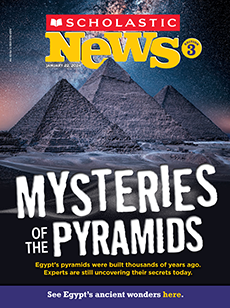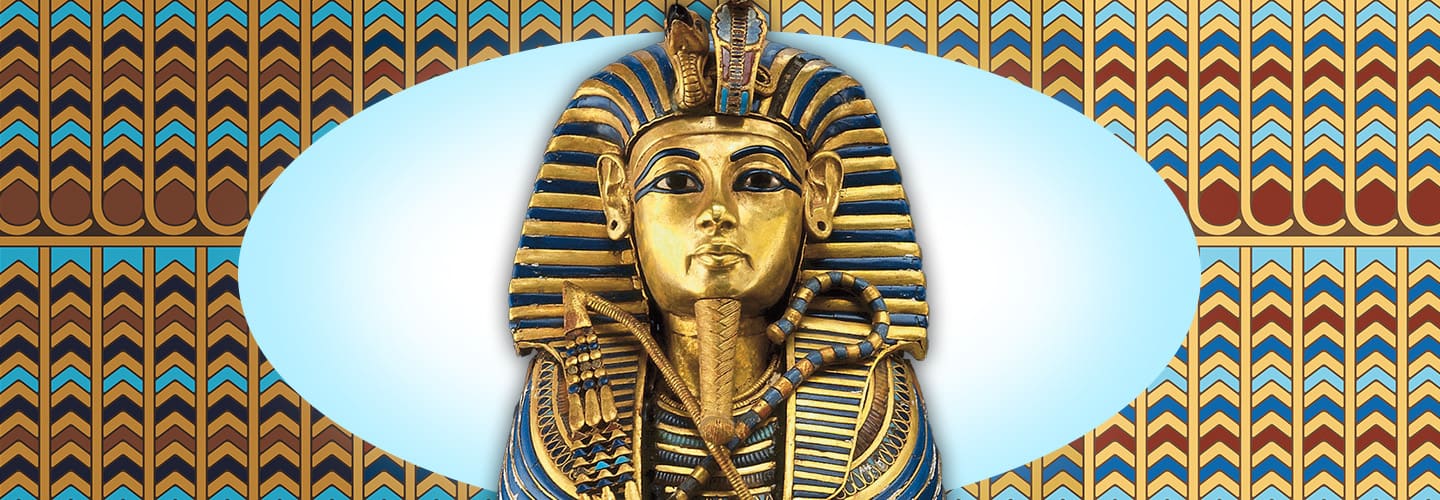Time was running out! Archaeologist Howard Carter and his crew had spent years digging in the desert. They were searching for the tomb of Tutankhamen (too-tahn-KAH-muhn). He was an ancient Egyptian pharaoh, or ruler.
A man named Lord Carnarvon was paying for the search. He had given Carter one last chance to find the tomb. Finally, on November 4, 1922, Carter discovered steps to a door. That door led to King Tut’s tomb—and, some would say, to a mummy’s curse!
Time was running out! Archaeologist Howard Carter and his crew had spent years digging in the desert. They were searching for the tomb of Tutankhamen (too-tahn-KAH-muhn). He was an ancient Egyptian pharaoh, or ruler. He is better known as King Tut.
A man named Lord Carnarvon was paying for the search. He had given Carter one last chance to find the tomb. Finally, on November 4, 1922, Carter found steps to a door. That door led to King Tut’s tomb. Some would say it also led to a mummy’s curse!

